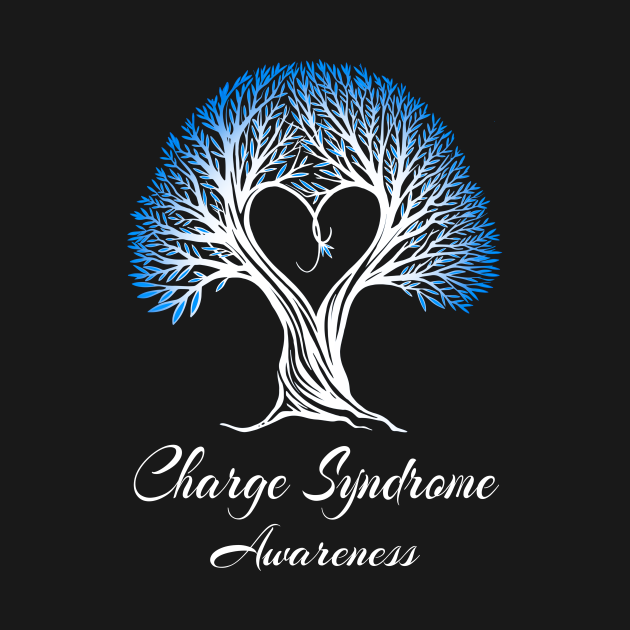


The other most common cause of hypoparathyroidism is autoimmune destruction of parathyroid tissue associated with autoimmune disorders that cause destruction or damage to the glands. It is usually caused by the postoperative complications of head and neck surgery in an individual. Hypoparathyroidism, also called PTH deficiency, causes hypocalcemia, hyperphosphatemia, and increased neuromuscular irritability. The parathyroid glands develop together with the thymus from the third and fourth pharyngeal pouch. PTH increases concentrations of plasma Ca 2+, lowers serum phosphate values, accelerates the synthesis of calcitriol, and stimulates both anabolic and catabolic effects on bone. PTH and calcitriol mobilize calcium from the hydroxyapatite apatite crystal, and calcitonin secreted by the parafollicular C cells of the thyroid gland suppresses PTH secretion. The absorption of calcium is enhanced in the intestinal tract, renal tubule, and bones in response to calcitriol (1,25OH2D3) and/or PTH. Ca 2+ serum concentration is regulated by a combined system including the extracellular calcium-sensing receptor (CaSR) PTH and its receptor (PTH/PTH-related protein PTHrP-1R) calcitonin and its receptor and vitamin D hormone system that acts on the intestinal tract, bone, and kidney. Serum total and ionized calcium concentrations are associated with levels of albumin, creatinine, parathyroid hormone (PTH), phosphate, and serum pH. The other 45% of serum calcium is an ionized and biologically active form of calcium. Approximately 50% of total serum calcium is bound to plasma proteins, mostly albumin and globulin, and 5% is complex with citrate, lactate, and bicarbonate. Although genetic disorders are not the most common cause of hyper/hypoparathyroidism, molecular analyses have identified an increasing number of genes that cause loss or gain of function of genes related to calcium and phosphorus metabolism.Īround 99% of total body calcium is present in the bones with the remaining 1% being found in the extracellular fluid and cellular organelles. Rarely, primary hyperparathyroidism caused by genetic disorders is associated with an inherited familial germline mutation syndrome such as familial isolated hyperparathyroidism and multiple endocrine neoplasia type 1 and type 2A. Primary hyperparathyroidism is a disorder that results in excessive, uncontrolled production of parathyroid hormone. Besides being an isolated condition or a component of a complex syndrome, the causes of hypoparathyroidism are rarely genetic. Hypoparathyroidism is due to insufficient circulating parathyroid hormone levels characterized by hypocalcemia and hyperphosphatemia. Parathyroid hormone (PTH), calcitonin, and the active form of vitamin D (calcitriol, 1,25-dihydroxyvitamin D3) hormones are the main hormones that are responsible for regulating the calcium and phosphorus level in the blood. Therefore, disorders of calcium and phosphorus metabolism lead to serious and even life-threatening consequences such as skeletal and cardiovascular morbidity. Calcium (Ca), phosphorus (phosphate, HPO4), and magnesium (Mg) are essential nutrients that are critical for the structural integrity and functions of the body.


 0 kommentar(er)
0 kommentar(er)
